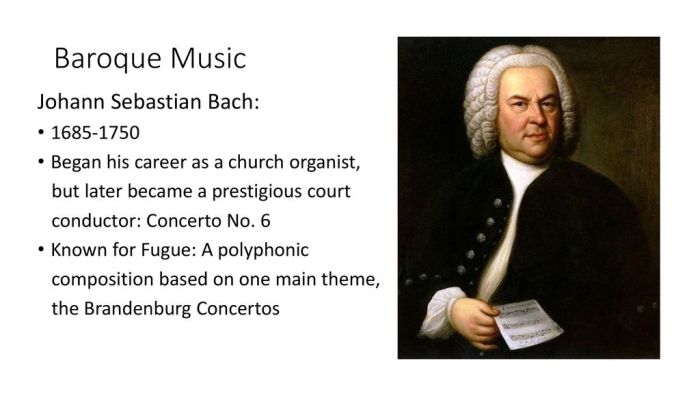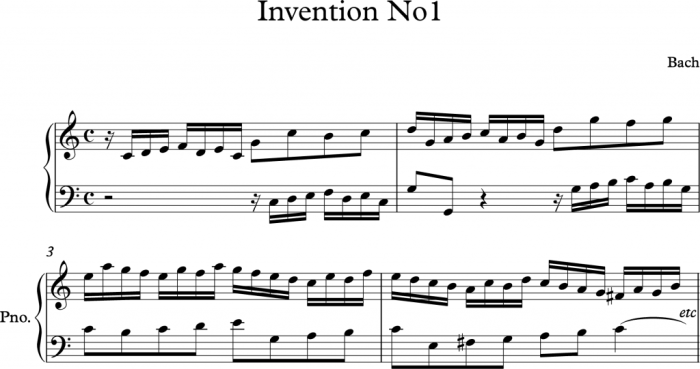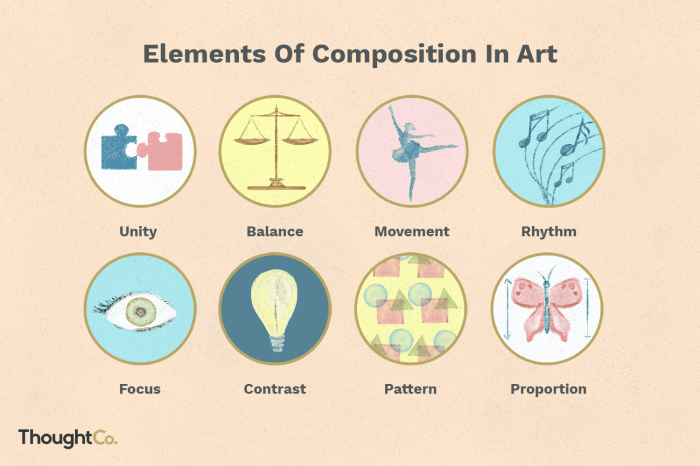A polyphonic composition based on one main theme is the – A polyphonic composition based on one main theme is a captivating musical form that has been captivating audiences for centuries. This intricate style of music weaves together multiple independent melodic lines that intertwine and complement each other, creating a rich and harmonious tapestry of sound.
Throughout history, polyphonic compositions have been used to express a wide range of emotions and ideas, from the sacred to the secular. Composers such as Johann Sebastian Bach, George Frideric Handel, and Wolfgang Amadeus Mozart have all created masterpieces in this genre, showcasing the boundless possibilities of polyphonic music.
Theme and Variation: A Polyphonic Composition Based On One Main Theme Is The

A polyphonic composition based on one main theme is a musical work where multiple independent melodic lines interact and develop over a shared harmonic foundation. The main theme is presented at the outset and serves as the basis for all subsequent variations and developments.
The main theme is typically presented in a simple and straightforward manner, often in the tonic key. As the piece progresses, the theme is subjected to a variety of variations, which may include changes in rhythm, harmony, texture, and instrumentation.
These variations serve to highlight different aspects of the theme and create a sense of development and interest.
Some famous examples of polyphonic compositions based on one main theme include Johann Sebastian Bach’s “Goldberg Variations” and “The Art of Fugue,” as well as Ludwig van Beethoven’s “Diabelli Variations.”
Harmonic Structure
The harmonic structure of a polyphonic composition based on one main theme is typically complex and sophisticated. The harmony serves to support and enhance the main theme, providing a sense of stability and coherence. Dissonance is often used to create tension and interest, while consonance is used to provide resolution and closure.
The harmonic structure of a polyphonic composition may be based on a variety of principles, including tonality, modality, and chromaticism. Tonality is the most common harmonic principle, and it involves the use of a central key and a set of related chords.
Modality is a less common harmonic principle, and it involves the use of a scale that is not based on the major or minor scale. Chromaticism is the use of notes that are not part of the key, and it can be used to create a sense of tension and instability.
Contrapuntal Techniques, A polyphonic composition based on one main theme is the
Contrapuntal techniques are used in polyphonic compositions to create a sense of independence and interaction between the different melodic lines. These techniques include imitation, canon, and fugue.
Imitation is a contrapuntal technique in which one melodic line is imitated by another melodic line. Canon is a contrapuntal technique in which two or more melodic lines are played in strict imitation. Fugue is a contrapuntal technique in which a main theme is presented in a series of entries, each of which is imitated by the other voices.
Formal Structure
The formal structure of a polyphonic composition based on one main theme is typically based on the principles of repetition, contrast, and development. Repetition is used to create a sense of unity and coherence, while contrast is used to create a sense of interest and variety.
Development is used to transform the main theme and create a sense of progression.
The formal structure of a polyphonic composition may be based on a variety of different forms, including the sonata form, the rondo form, and the theme and variations form. The sonata form is the most common formal structure, and it involves the presentation of a main theme, a contrasting theme, and a development section.
The rondo form is a less common formal structure, and it involves the presentation of a main theme that is repeated several times, alternating with contrasting sections.
Performance Considerations
The performance of a polyphonic composition based on one main theme requires a high level of skill and musicianship. The performers must be able to play their individual parts accurately and independently, while also listening to and interacting with the other performers.
The performers must also be able to create a sense of balance and unity, so that the different melodic lines can be heard clearly and distinctly.
There are a number of different performance considerations that must be taken into account when performing a polyphonic composition based on one main theme. These considerations include the tempo, the dynamics, the articulation, and the phrasing.
Historical Context
Polyphonic compositions based on one main theme have a long and rich history. The earliest known examples of polyphony date back to the 9th century, and the technique has been used by composers ever since. Polyphony was particularly popular during the Renaissance and Baroque periods, and it continues to be used by composers today.
The development of polyphony was influenced by a number of factors, including the rise of Christianity, the invention of musical notation, and the development of new musical instruments. Polyphony was used in a variety of different musical contexts, including religious ceremonies, courtly entertainment, and folk music.
Cultural Significance
Polyphonic compositions based on one main theme have played a significant role in many different cultures around the world. Polyphony has been used to express a wide range of emotions and ideas, and it has been used in a variety of different musical genres.
Polyphony has also been used to create a sense of community and belonging, and it has been used to celebrate important events and occasions.
Polyphony continues to be an important part of many different cultures around the world. It is used in a variety of different musical genres, and it continues to be enjoyed by people of all ages.
Commonly Asked Questions
What is the main characteristic of a polyphonic composition?
The main characteristic of a polyphonic composition is the use of multiple independent melodic lines that are played simultaneously.
How does a polyphonic composition differ from a homophonic composition?
In a homophonic composition, there is a single main melody accompanied by chords, while in a polyphonic composition, all the voices are of equal importance and contribute to the overall texture.
What are some famous examples of polyphonic compositions?
Some famous examples of polyphonic compositions include Bach’s Brandenburg Concertos, Handel’s Messiah, and Mozart’s Requiem.


